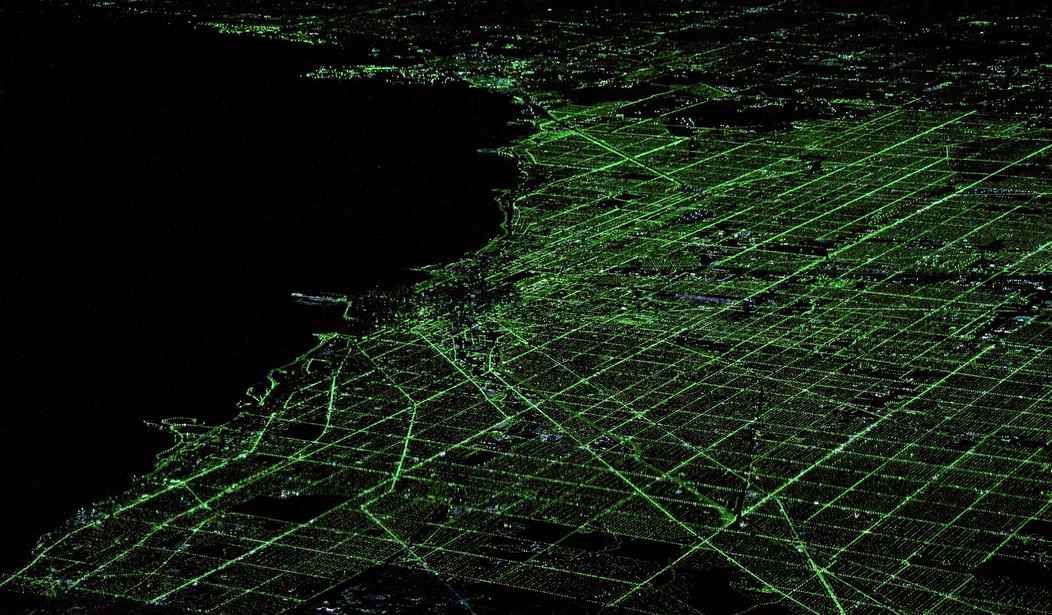We’ve become so dependent on our cell phones that it’s hard to imagine life without one always with us. But suppose our electric grid is attacked, either through a cyber attack or something more onerous, such as the detonation of a nuclear weapon and resulting EMP attack. What happens to our phones?
Our grid is a known target of cyber criminals who’ve tried to attack it using software sent to power plants. A physical attack also took place in San Jose, Calif., in 2013. According to CNN, the attack — which nearly took out power to parts of Silicon Valley — has been called “the most significant incident of domestic terrorism involving the grid that has ever occurred” by the nation’s top electrical utility regulator.
And now an even more serious event threatens the grid.
North Korea, in describing their recent detonation of a hydrogen bomb, also said that the bomb “is a multifunctional thermonuclear nuke with great destructive power, which can be detonated even at high altitudes for super-powerful EMP attack.” This was the first time they’ve mentioned EMP, a term that’s familiar to our military and survivalist communities. Unfortunately, it’s now going to become familiar to the rest of us.
So what would happen to our cell phones in the event of an EMP attack? If we assume that the attack takes down most of the grid, the news is not good — but we likely will have much bigger problems than calling home.
Actually, cell networks are not totally dependent on the grid and are becoming less so. Many of the existing cell towers are being converted to solar or diesel power, and there’s a worldwide trend to power many of the new towers using solar power, particularly in isolated areas around the world with limited access to electrical lines.
New cell networks are using smaller towers and employ a greater density of cell sites. The use of more compact antennas and less powerful radios allows the carriers to increase coverage and use less overall energy. Additionally, solar is becoming more cost-effective because trenches or poles need not be installed for electrical lines, which is a large part of the cost. Two years ago Panasonic announced their Green Tower solar-powered site.
But there’s still a long way to go. In statistics cited by Scientific American four years ago, the U.S. has only 285,000 cell sites — fewer than one percent — that are not connected to the electrical grid. Africa, on the other hand, has fewer than half its towers connected to electricity. It’s somewhat ironic that in the case of an electrical outage, those countries with less advanced infrastructures would come out ahead.
But what would happen to cell service in the U.S. with a power outage? Looking at experiences from numerous local emergencies over the years, we’ve seen the limitations of using cell phones. In an emergency, even if the sites work using auxiliary power, the networks become overloaded and unable to handle the increased traffic from everyone trying to make calls.
And if some of the networks could survive, the phones themselves may become damaged from a broad attack. One of the fears of a widespread EMP attack is that it will destroy whatever is connected to the grid, including phones, tablets, and computers.
Is there anything we can do to protect our electronics from an EMP attack, specifically our smartphones, tablets, and computers? In fact, we can prevent them from being damaged if we isolate them from the grid, in much the same way we can protect them from being hacked or having their information stolen.
To protect these devices when not being used, simply enclose them within a metal container to prevent them from being exposed to electromagnetic radiation. That will prevent a phone from being called or a computer from connecting to the Internet.
Such a container is a Faraday cage that prevents radiation from penetrating inside. The cage can be constructed from sheet metal, foil, or a woven metal fabric (the kind that’s used in wallets, passport cases, and pouches). For larger electronics, you can even use a metal garbage can. Here are examples pouches for cell phones, tablets, and notebook computers.
While it’s unlikely our phones will be of use in a major attack, it might be somewhat advisable to protect them because cellular networks could be some of the first systems to be restored.









Join the conversation as a VIP Member